
Autumn Mulching: 6 Ideal Materials for Protecting Your Garden and Orchard
- Fallen leaves
- Conifer needles
- Straw
- Sawdust
- Compost
- Peat

Autumn mulching is an important step in caring for your garden and orchard. This process helps to keep the soil in optimal condition before the onset of winter, providing the necessary protection for plants from frost, moisture, and pests. In this article, we will look at six of the best materials for autumn mulching, as well as share tips on how to use them.
Fallen leaves.
Fallen leaves are one of the most accessible and natural materials for mulching. They will enrich the soil with nutrients and promote accelerated plant growth in the spring. It is recommended to use leaves from birch, alder, lime, or maple trees. Ensure that the leaves are dry before distributing them around your plot. Fallen leaves are ideal for mulching fruit trees and berry bushes, but are not recommended for vegetable beds.
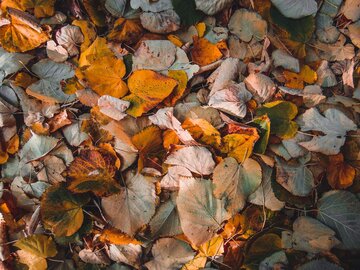
Conifer needles.
Pine needles are an excellent material for mulching flowers, especially those that prefer acidic soil. Fir or pine needles can be densely distributed across the area, which will protect the soil from freezing and drying out. However, it should be noted that conifer needles can acidify the soil, so they are not suitable for plants that do not like an acidic environment.
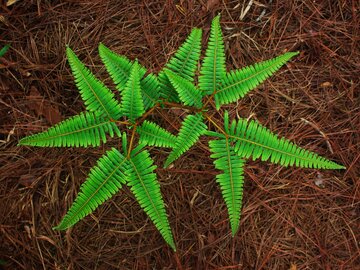
Straw.
Straw is an excellent choice for mulching as it enriches the soil with nutrients and increases its fertility. It also effectively retains heat and protects the soil from frost. However, it should be considered that straw can attract rodents. It is suitable for strawberries, winter greens, garlic, blackberries, winter potatoes, and grapes, but is not recommended for areas where there is a risk of mice infestation.
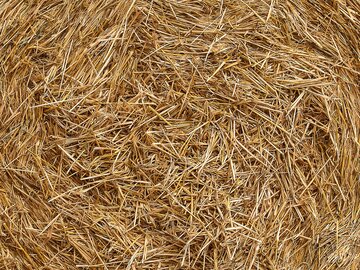
Sawdust.
Sawdust and shavings are great fertilizers for various types of soil and will enrich even poor land with beneficial substances. They also protect the plot from frosts. Sawdust should be dried before distributing them and removed from the soil early spring, as they can extract nitrogen from the soil. Sawdust is suitable for fruit trees, berry bushes, grapes, bulbous flowers, and winter vegetables.
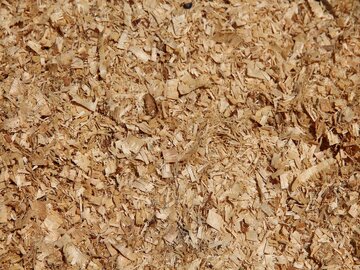
Compost.
Compost is considered one of the best materials for mulching soil. It should be aged for at least 2 years before using it as mulch. Compost will enrich the soil and protect plants from diseases. It is ideal for winter vegetable crops, grapes, fruit trees, and berry bushes.
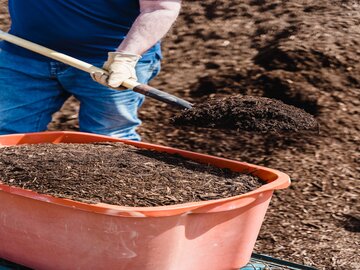
Peat.
Peat is suitable for mulching plots with heavy soil. It improves the soil structure, retains moisture, and promotes spring plant growth. However, only transitional and lowland peat should be used. Peat is ideal for winter-planted vegetables and greens, but fresh peat is not recommended.
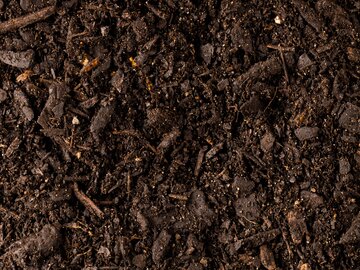
🌱🌿 Useful tips! 🌿🌱
Autumn mulching with the right materials can significantly improve the condition of the soil and contribute to a more successful growth of plants in the next season. Choose materials that suit your needs and the type of soil on your plot, and follow the recommendations for their use. This is a simple way to ensure a healthy and productive garden and orchard.
Result (48):